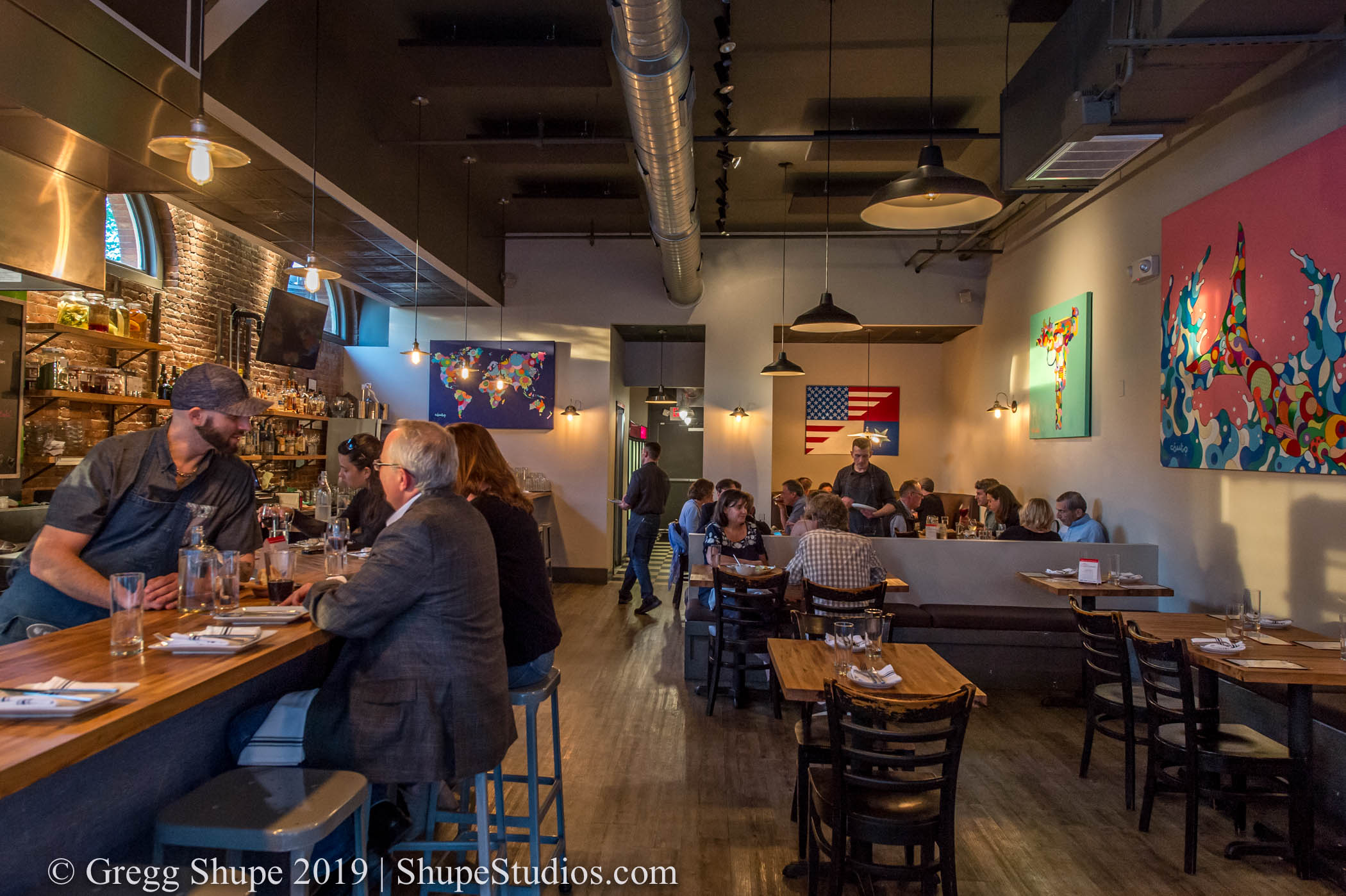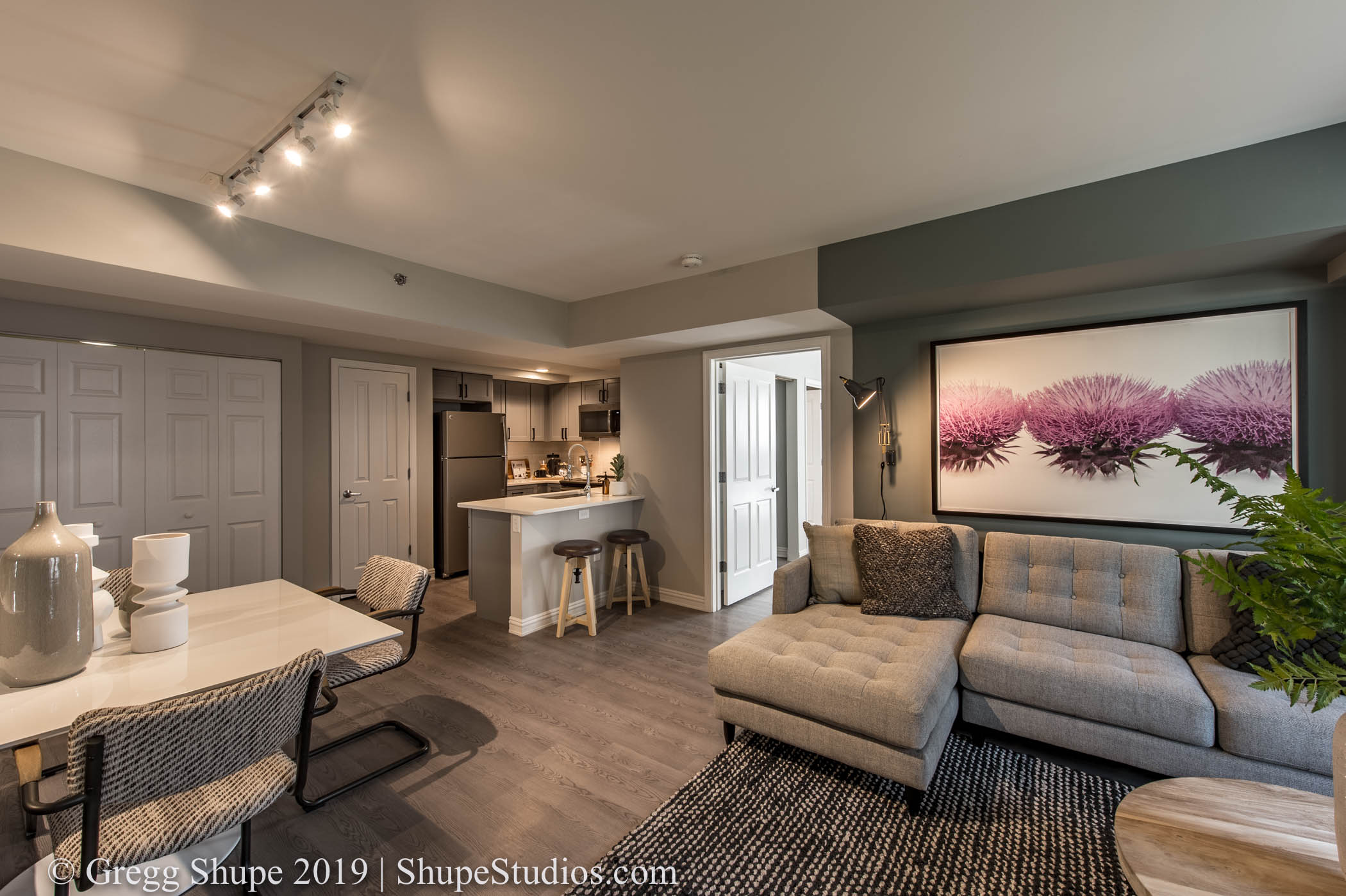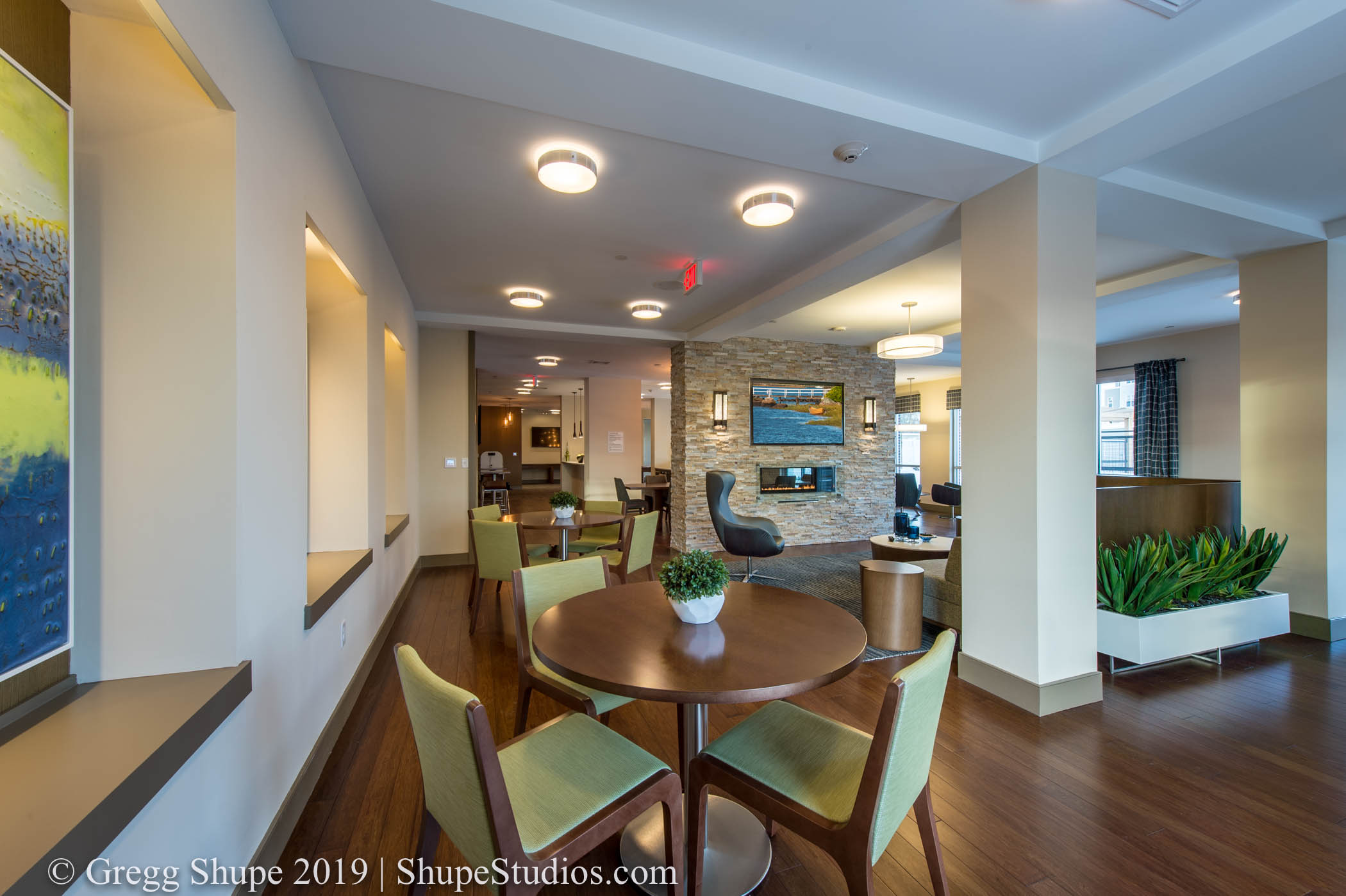Professional architectural photography does not occur in a vacuum: a photographer should not just walk onto the site and start snapping photos. For both building exteriors and interiors, there is planning and preparation that goes into every shot, and hotels and resorts are no exception. In fact, businesses like hotels, resorts, and other hospitality locations rely on great photos for their online booking, making getting the right shots all the more important. Learn what to look for in your professional photographer and how to help them.
1. Performing a Photography Walkthrough at the Hotel
Before any photography can commence, it’s important to do a walkthrough with your photographer. Done on a day prior to the shoot, a walkthrough gives your photographer a better understanding of your needs and the tools their need to bring to the shoot.
This time also can also be used to inform your photographer about anything they’ll need to shoot around, such as unfinished construction or landscaping, or issues with beaches or snow for sea-side or ski resorts.
2. Knowing the Time and Weather for the Shooting Dates
When it comes to professional photography, when is just as important as where. Controlling the natural outside lighting as well as the appearance of the skyline and ground can make all the difference. This is as true for interior rooms and areas as it is with outside parts of a hotel or resort.
This includes things like the time of day, working in the off-season, and even putting on their weatherman hat to make sure you’ve got the shots that put the best foot forward of your hotel. These should all be taken into account when setting the shoot date.
3. Controlling and Exploring Interior Lighting
Lighting plays a critical part in all photography, but especially in architectural photography – both inside and out. Before a shoot, it’s important to have all the lighting resources at the photographer’s fingertips. This may include all the interior lighting, plus any exterior lighting you control. Make sure to give them all the options of natural and artificial light. Read more in our blog, Why Lighting is So Important in Professional Interior Photography.



4. Dealing with the Hotel Room Details
Finally, a few final considerations when setting up a room for hotel or resort photography:
The Human Element: Since visitors want to see themselves in their rooms, leave them out of hotel rooms. Think about having staff and others in shots of common and public areas.
Completely Stocked Rooms: Make sure your rooms are completely stocked. Beyond showing off all the amenities, it will also allow for more interesting framing by the photographer.
Leave Electronics Off: TVs and other screens should be turned off for the shoot. You can work with your photographer to put in images in post-processing.
Clean and Stage Common Rooms: From pools to reception halls, make sure that the common areas of your building and cleaned and ready to shoot.
If your hotel or resort is in the Boston area or beyond, contact us here at Shupe Studios for professional architectural photography of your building and rooms, both inside and out.



